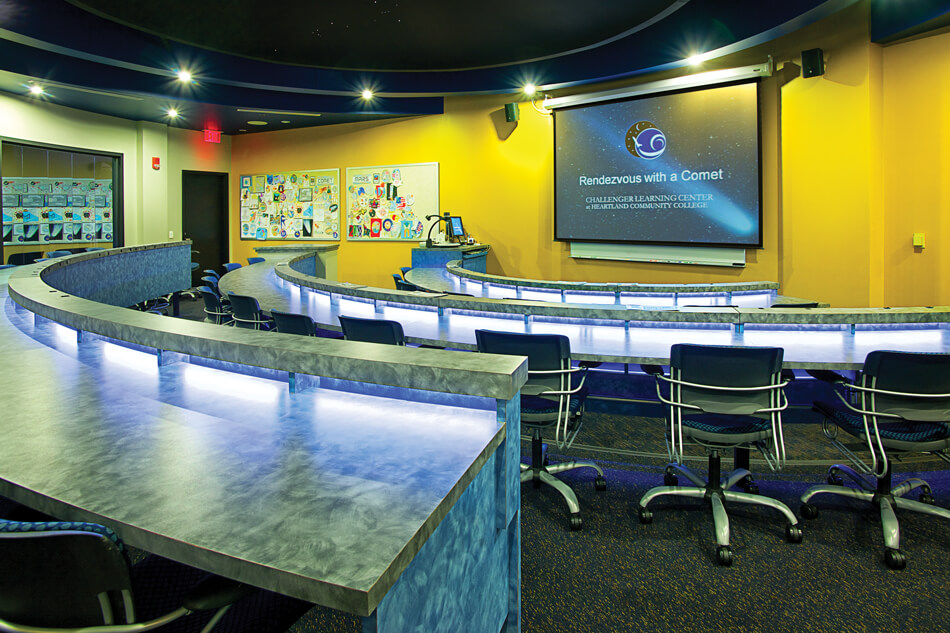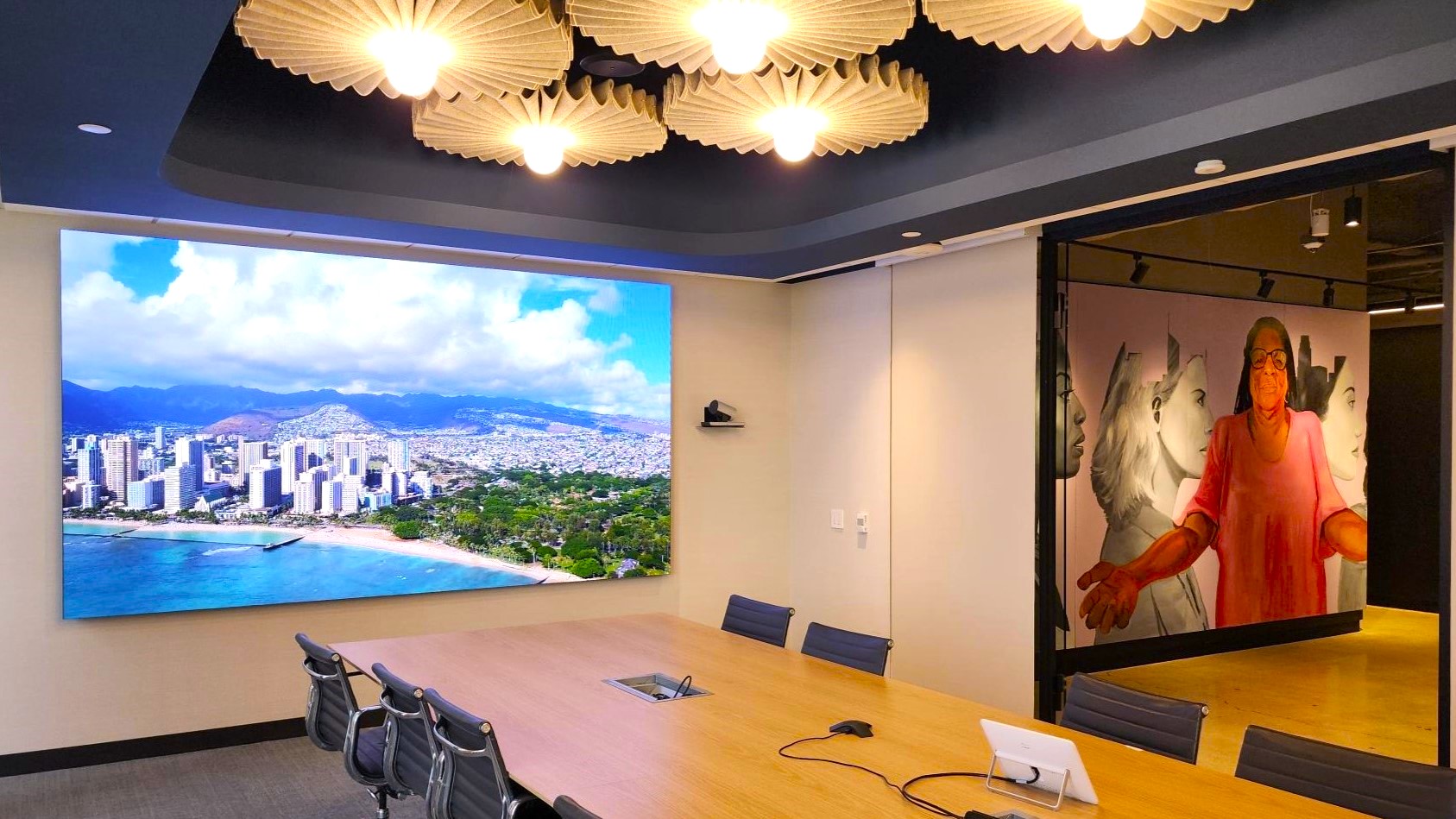
In many ways when we enter the classroom of today it still has the look and feel of the classroom of the past. With many rooms still sporting chalkboards, often a projector or Smartboard is the only thing setting us apart from the classroom of yesteryear. That and of course the fact that just about every one of our students is walking around with a smart phone, laptop or tablet to go along with their textbooks.
Over the past few years, with technology becoming such a day in and day out part of the student life, there has been a lot of discussion on how to make their technology use more beneficial. One emerging trend has been Bring Your Own Device (BYOD). The main premise behind BYOD in the classroom is connecting the student with learning opportunities on their own technology.
The connection between the teacher, student and the device leads to better learning in and out of the classroom as the technology extends the learning environment to anywhere they are connected.
Have you considered how BYOD can make for a smarter classroom? Here are 5 ways:
There are many ways that BYOD can build smarter, more collaborative environments. To learn how your school or business can benefit from BYOD from CTI, get in contact with us!
Talk to Us About Your Project
Too busy to chat right now?
Send us a message.





